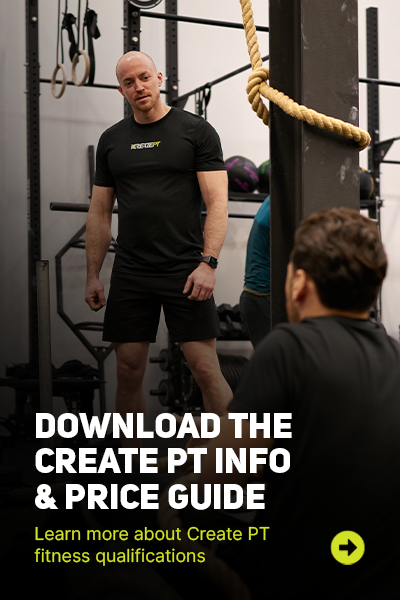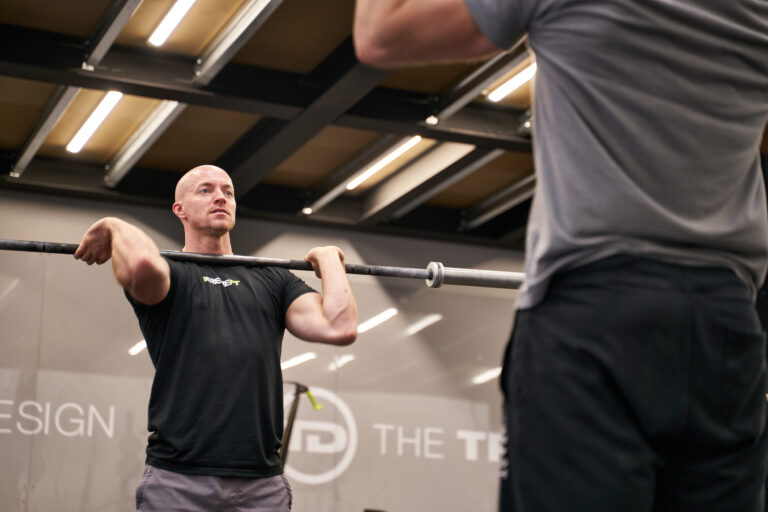Are you tired of trying exercise programmes that don’t seem to deliver results? Or maybe you’re just getting started with your fitness journey and aren’t sure where to begin. Either way, having a well-designed exercise programme is key to achieving your fitness goals.
But what makes an exercise programme effective? And how do you go about writing one? In this article, we’ll explore the steps you can take to create an exercise programme that is tailored to your needs and goals.
Step 1: Identify your goals
Before you start writing your exercise programme, it’s important to clearly identify what you want to achieve. Do you want to build muscle, lose weight, improve your endurance, or something else? Your goals will shape the type of exercises you do and the structure of your programme.
For example, if your goal is to build muscle, you’ll want to focus on strength training exercises that challenge your muscles to grow. If you’re trying to lose weight, a combination of cardio and strength training exercises can help you burn calories and build lean mass. And if you’re looking to improve your endurance, you’ll want to incorporate exercises that boost your cardiovascular capacity.
Step 2: Choose the right exercises
Once you know what you want to achieve, it’s time to select the exercises that will help you get there. When choosing exercises, consider your current fitness level and any injuries or limitations you may have.
If you’re a beginner, it’s a good idea to start with bodyweight exercises or machines to build a foundation of strength before moving on to more advanced exercises. This will help you get comfortable with proper form and technique and reduce your risk of injury.
As you progress, you can add more challenging exercises to your programme. For example, you might move on to free weights, kettlebells, or other equipment that allows you to use a greater range of motion and engage more muscle groups.
Step 3: Structure your exercise programme
Now that you’ve identified your goals and chosen the right exercises, it’s time to put them together in a structured programme. Decide how often you’ll exercise and for how long. A general guideline is to aim for at least 150 minutes of moderate-intensity exercise or 75 minutes of vigorous-intensity exercise per week, spread out over at least 3 days.
You’ll also want to consider the order in which you’ll perform your exercises. For example, you might start with a warm-up to get your heart rate up and loosen your muscles, followed by strength training exercises, and then end with a cool-down to stretch and relax your muscles.
Step 4: Set realistic expectations
It’s important to be realistic with your goals and expectations. Don’t expect to see dramatic results overnight. Building strength and improving fitness takes time and dedication. Set achievable goals for yourself and be patient as you work towards them.
It can also be helpful to enlist the help of a personal trainer or exercise professional. They can provide guidance and support to help you stay on track and make progress towards your goals.
Step 5: Track your progress
One of the keys to staying motivated and achieving your goals is tracking your progress. Keep track of your workouts, including the exercises you did, the sets and reps, and the weight you used. This will help you see how you’re progressing and make any necessary adjustments to your programme.
You can use a notebook, a spreadsheet, or a fitness app such as MyPTHub to record your workouts. Just be sure to choose a method that works for you and is easy to use.
Step 6: Be consistent
To see the best results, it’s important to stick to your exercise programme consistently. Make exercise a regular part of your routine and be consistent with the frequency, intensity, and duration of your workouts.
It can be helpful to schedule your workouts in advance and plan for any potential obstacles or distractions that might come up. You might also consider enlisting the help of a workout partner or joining a fitness class to help keep you motivated and on track.
Step 7: Seek professional guidance
If you’re new to exercise or have any health concerns, it may be helpful to work with a personal trainer or exercise professional to design a program that is safe and effective for you. They can help you choose the right exercises and structure your program in a way that meets your needs and goals.
In summary, writing an effective exercise programme involves identifying your goals, choosing the right exercises, structuring your programme, setting realistic expectations, tracking your progress, being consistent, and seeking professional guidance when needed. By following these steps, you can create a programme that is tailored to your needs and helps you achieve your fitness goals safely and effectively.
Remember, everyone’s fitness journey is different, so be patient with yourself and stay committed to your goals. With the right exercise programme and a little bit of dedication, you can reach new levels of fitness and feel your best








